Among the diverse world of avian companions, cockatoos stand out as extraordinary pets known for their remarkable capacity for affection and emotional connection. These charismatic birds, with their distinctive crests and expressive personalities, have captivated bird enthusiasts for generations with their almost dog-like devotion to their human caregivers. Native to the Australasian region, cockatoos have evolved complex social structures in the wild that translate beautifully to forming deep bonds in domestic settings. Their intelligence, combined with their need for emotional connection,n makes them uniquely positioned among pet birds to form relationships that many describe as profoundly rewarding, though requiring significant commitment. Let’s explore why these magnificent parrots have earned their reputation as the “velcro birds” of the avian world.
The Evolutionary Basis for Cockatoo Affection
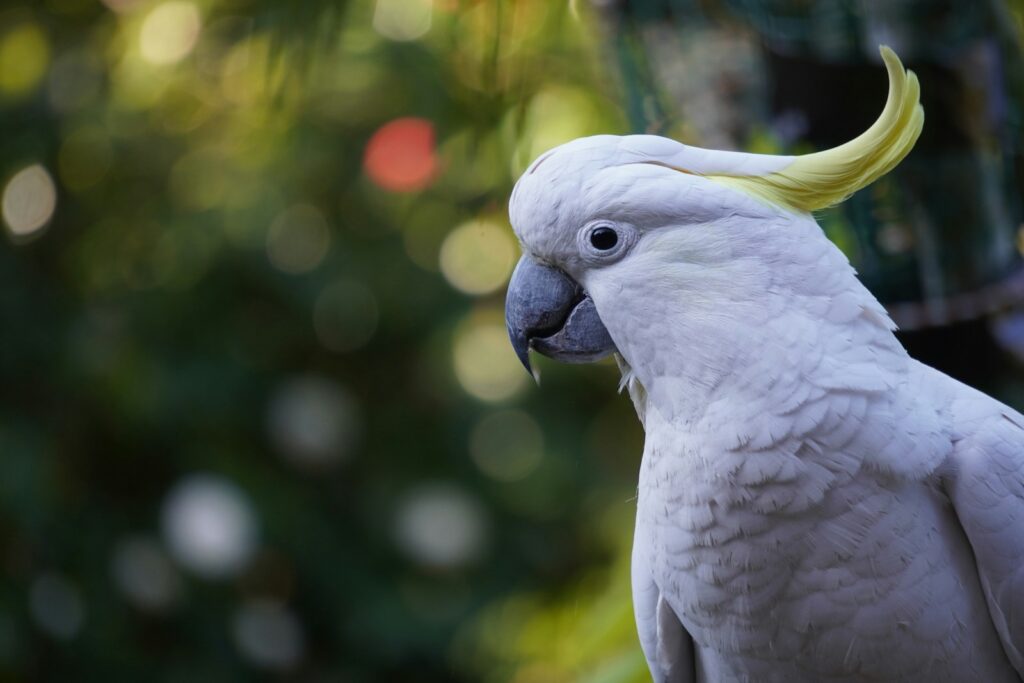
Cockatoos’ affectionate nature isn’t merely a coincidence but rather deeply rooted in their evolutionary history as highly social flock animals. In their natural habitats, these birds form strong pair bonds that often last a lifetime, demonstrating remarkable loyalty to their chosen partners. This evolutionary adaptation for social connection translates directly to captivity, where cockatoos readily transfer these bonding instincts to their human caregivers when other bird companions aren’t available. Their brains have evolved specialized neural pathways that reward social interaction and physical closeness, making affection not just a behavioral choice but a biological need. Understanding this evolutionary backdrop helps explain why cockatoos seem almost programmed to seek out and maintain close relationships, whether with other birds or with the humans who care for them.
Physical Expressions of Cockatoo Affection

Cockatoos express their affection through a rich repertoire of physical behaviors that are both endearing and unmistakable. One of the most iconic displays is their request for head scratches, where they bow their heads and fluff their feathers in invitation, often closing their eyes in blissful enjoyment when their human obliges. Many cockatoo owners report their birds will actively seek cuddling sessions, nestling against necks or shoulders and even making soft cooing sounds to express contentment. Some cockatoos engage in mutual preening behaviors with their owners, attempting to groom hair or beards just as they would preen another bird’s feathers in the wild. Perhaps most touching is their tendency to maintain physical contact whenever possible—perching on shoulders, nestling in laps, or simply staying close to their favorite person, behaviors that have earned them the nickname “velcro birds” in avian circles.
The Cockatoo’s Emotional Intelligence
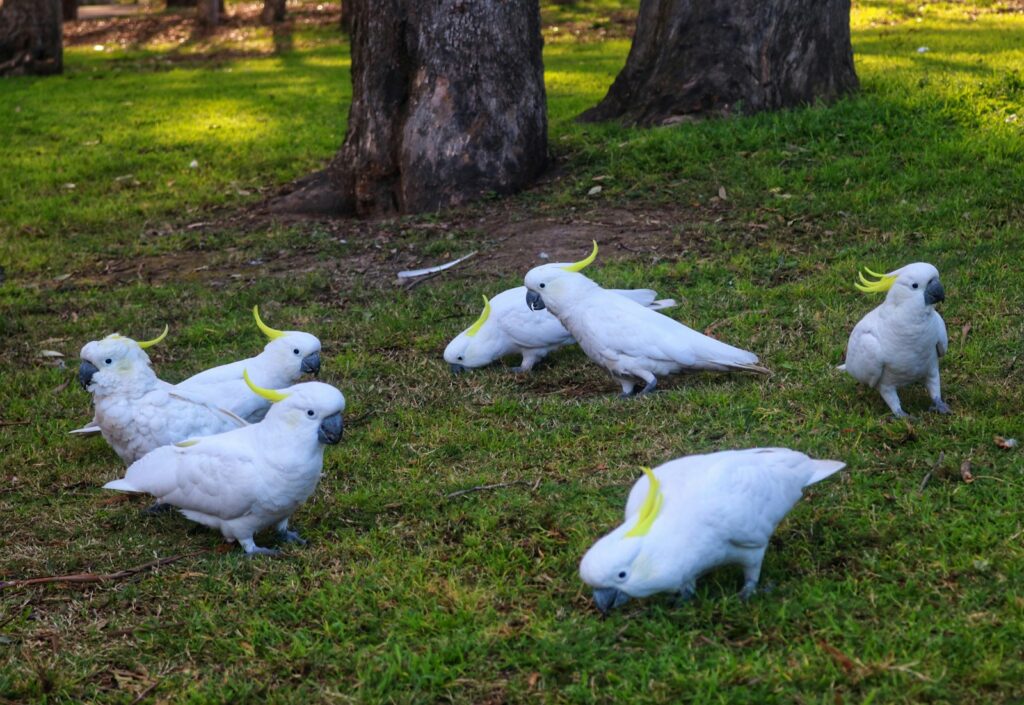
What truly sets cockatoos apart from many other pet birds is their remarkable emotional intelligence, which allows them to perceive and respond to human emotional states with surprising accuracy. These intuitive birds can often sense when their owners are sad or stressed, and many cockatoo owners report their birds offering comfort through gentle physical contact or subdued behavior when they’re feeling down. Research suggests cockatoos possess theory of mind capabilities, allowing them to understand that humans have distinct emotional experiences separate from their own. Their large brains relative to body size support complex emotional processing, enabling them to form nuanced relationships with multiple family members, often adapting their behavior to suit each person’s personality. This emotional sophistication creates a feedback loop in their human relationships, as cockatoos respond to affection with increased bonding behaviors, deepening the connection over time.
Cockatoo Communication and Bond-Building
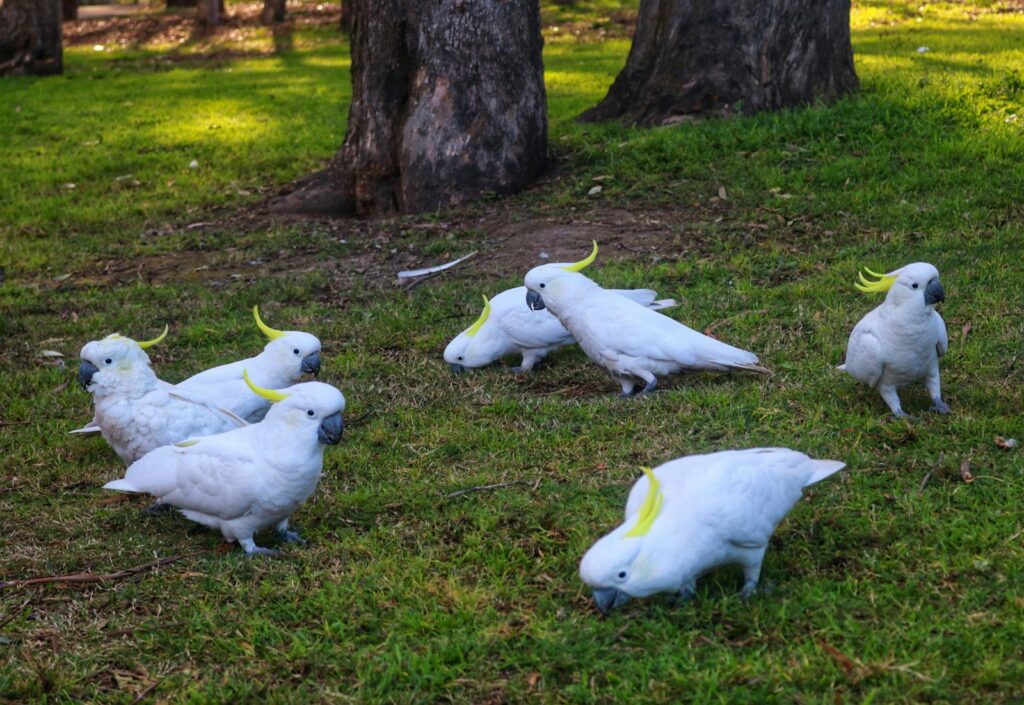
Cockatoos utilize an elaborate communication system that strengthens their bonds with human caregivers through both vocal and non-vocal signals. Unlike some parrot species that simply mimic without context, cockatoos often use vocalizations purposefully, developing specific calls to summon their favorite people or express different emotional states. Their crest movements serve as clear emotional indicators—raised in excitement, flattened in fear or aggression—allowing attentive owners to respond appropriately to their bird’s changing needs. Many cockatoos engage in what behaviorists call “duetting,” where they establish vocal patterns with their humans, creating a back-and-forth conversation that reinforces social connection. Perhaps most touching is how cockatoos maintain eye contact during interactions, a behavior that releases oxytocin (the “bonding hormone”) in both bird and human, creating a neurological foundation for their strong emotional attachment.
The Different Cockatoo Species and Their Affection Styles
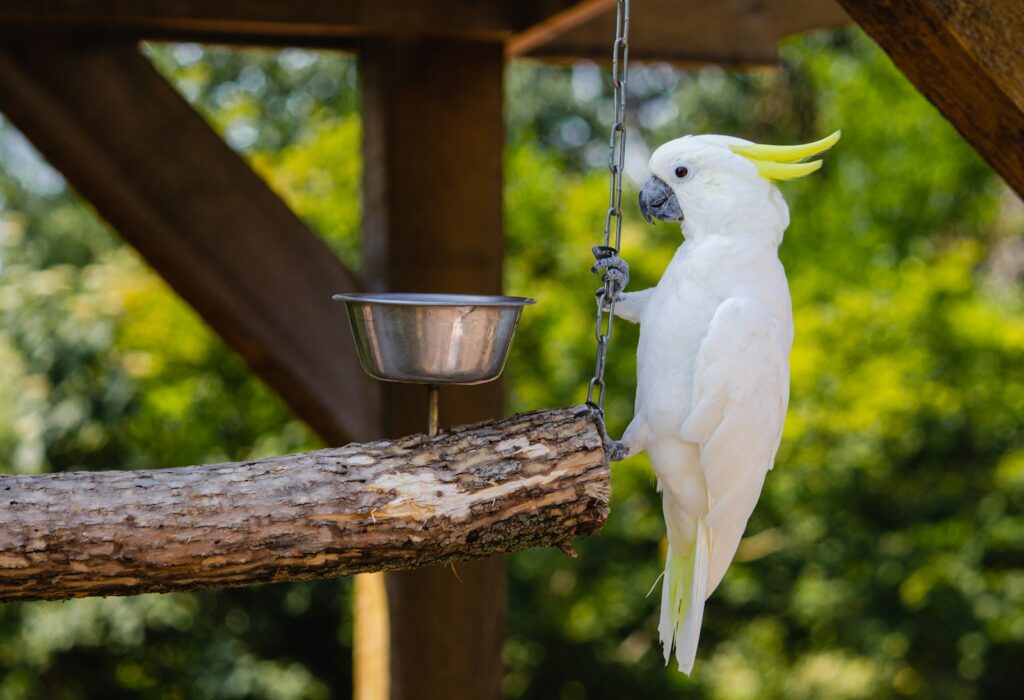
While all cockatoos demonstrate affectionate tendencies, different species within this family display varying styles and intensities of bonding behaviors. Umbrella cockatoos, with their large size and gentle demeanor, are often considered the “golden retrievers” of the bird world, known for being extraordinarily cuddly and physically demonstrative with their chosen people. Goffin’s cockatoos, though smaller, show their affection through playful interaction and problem-solving activities shared with their owners. Moluccan cockatoos, with their salmon-pink plumage, form intensely devoted attachments that require careful management to prevent overdependence. The relatively petite Galah cockatoos (rose-breasted cockatoos) often express their affection through enthusiastic play and interactive behaviors rather than constant physical contact. Each cockatoo species brings its own temperamental nuances to the human-bird relationship, allowing potential owners to consider which affection style might best match their lifestyle and expectations.
The Crucial Role of Early Socialization
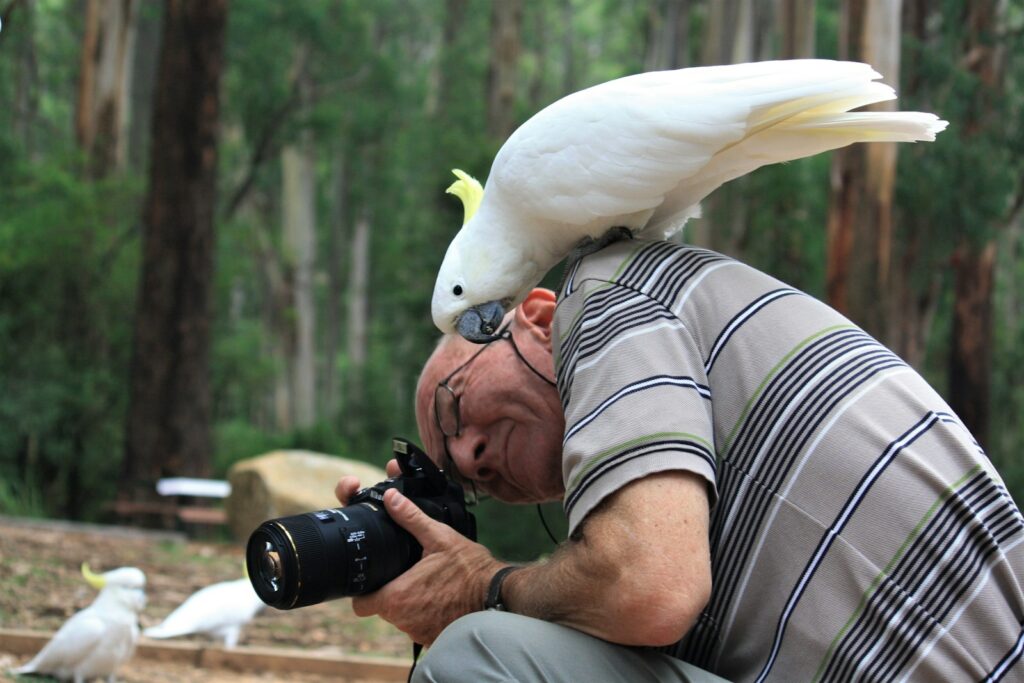
A cockatoo’s capacity for affection is significantly influenced by early socialization experiences, particularly during critical developmental periods in their young lives. Hand-raised cockatoos that receive gentle, consistent human interaction from an early age typically develop the strongest bonds with people and demonstrate the most comfortable physical affection. Baby cockatoos imprint on their caretakers during these formative weeks, establishing neural pathways that associate human presence with safety and comfort that last a lifetime. Responsible breeders implement specific socialization protocols that introduce young cockatoos to various people, environments, and experiences, helping create well-adjusted birds capable of forming healthy attachments. Even cockatoos with difficult early experiences often demonstrate remarkable resilience, developing strong bonds later in life when given patient, consistent care—a testament to their innate desire for connection.
The Time Investment Required for Cockatoo Bonding
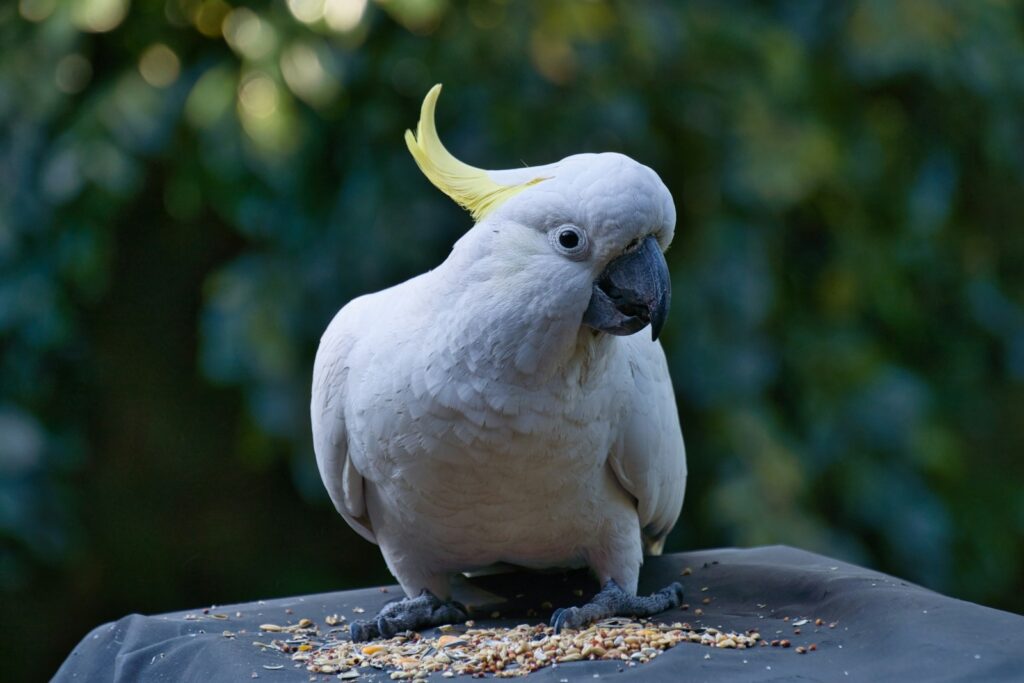
Building and maintaining a deep bond with a cockatoo represents one of the most significant time commitments in the pet world, requiring daily dedicated interaction that can span decades. These birds thrive with a minimum of 3-4 hours of direct interaction daily, including physical contact, conversation, training, and shared activities outside the cage. Many cockatoo owners incorporate their birds into daily routines—having them present during meal preparation, television watching, or even showering (cockatoos often enjoy supervised bathing opportunities). The bond-building process is gradual, with trust developing over months or years of consistent, positive interaction. This time investment must be maintained throughout the bird’s life, which can span 50-70 years depending on the species, making cockatoos truly lifetime companions that may outlive multiple human generations within a family.
Potential Challenges of Cockatoo Affection
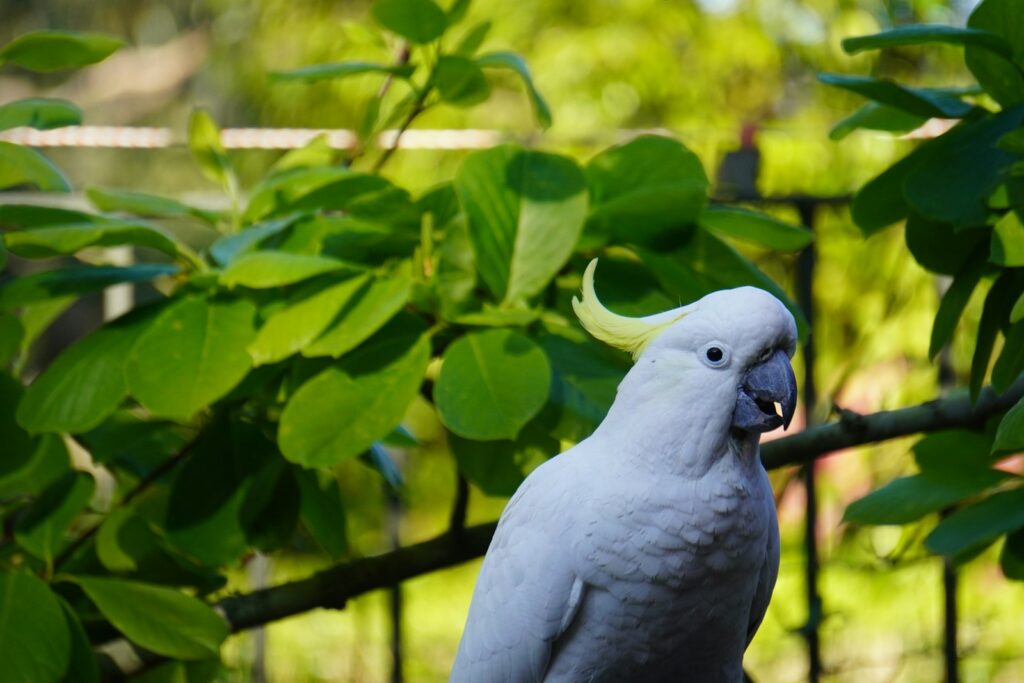
While cockatoo affection brings tremendous joy, it also presents unique challenges that prospective owners must understand before committing to these emotionally complex birds. Their intense attachment can manifest as problematic dependency, leading to screaming, destructive behaviors, or even self-harm when separated from their bonded person for normal daily activities. Many cockatoos struggle with sharing “their” human’s attention, displaying jealousy toward spouses, children, or other pets that can escalate to aggressive behaviors if not properly managed. Their need for physical affection can become overwhelming, with some birds demanding constant handling or developing compulsive behaviors like excessive preening when affection needs aren’t met. Perhaps most challenging is the emotional responsibility—cockatoos can develop depression or anxiety when their social needs go unmet, putting enormous pressure on owners to maintain consistent availability throughout the bird’s long lifespan.
Healthy Boundaries and Balanced Relationships
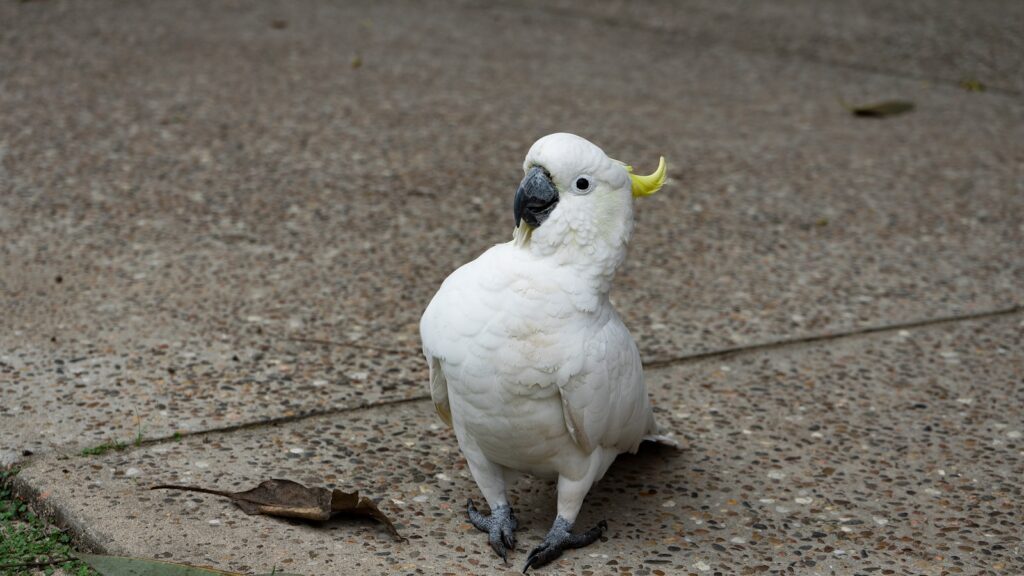
Creating a healthy, balanced relationship with an affectionate cockatoo requires establishing clear boundaries while still meeting their emotional needs. Experienced cockatoo owners implement consistent daily schedules that include dedicated interaction time balanced with periods where the bird must entertain itself with appropriate toys and enrichment. Training sessions using positive reinforcement teach cockatoos acceptable ways to request attention, helping prevent demanding behaviors like screaming or feather destruction. Many successful cockatoo owners ensure their bird forms bonds with multiple family members, preventing the extreme one-person attachment that can become problematic. Environmental enrichment plays a crucial role in this balance—providing foraging opportunities, puzzle toys, climbing structures, and safe chewing materials helps satisfy cockatoos’ need for stimulation when human interaction isn’t available.
The Cognitive Connection: Intelligence and Affection
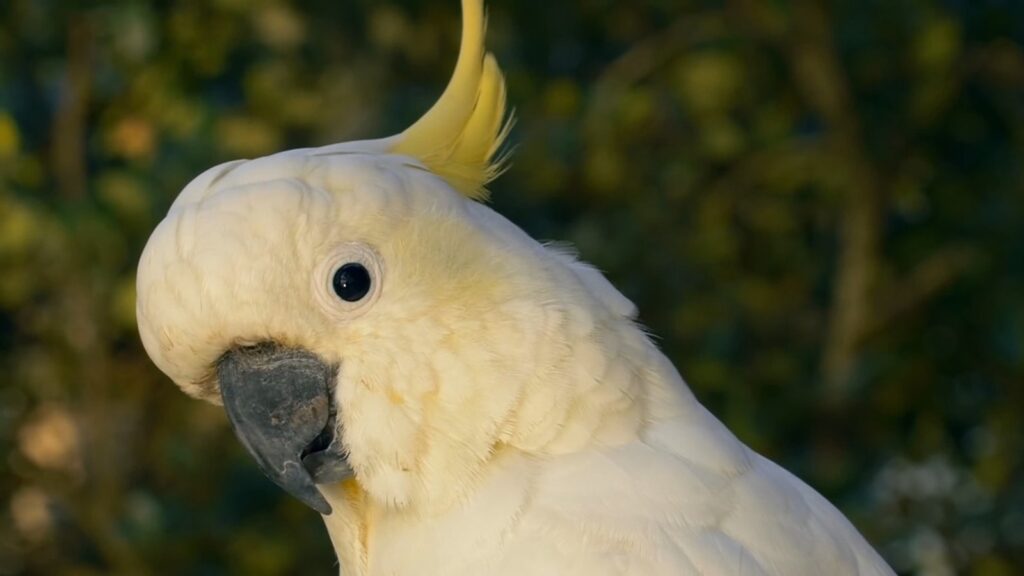
Cockatoos’ exceptional intelligence directly enhances their capacity for meaningful affection, creating relationships that feel remarkably reciprocal compared to many other pets. Their problem-solving abilities rank among the highest in the bird world, with studies demonstrating tool use, sequential reasoning, and even manufacturing their own tools to access rewards. This cognitive sophistication allows cockatoos to recognize family members individually, remember past interactions, and adjust their behavior based on previous experiences with specific people. Their understanding of cause and effect means they can connect human behaviors with emotional outcomes, creating a feedback loop where positive interactions strengthen the bond. Many cockatoo owners report their birds seemingly understand complex emotional concepts like consolation, offering comfort through physical closeness when they perceive distress, demonstrating an emotional intelligence that transcends simple instinct.
Cockatoo Body Language: Reading Affection Signals
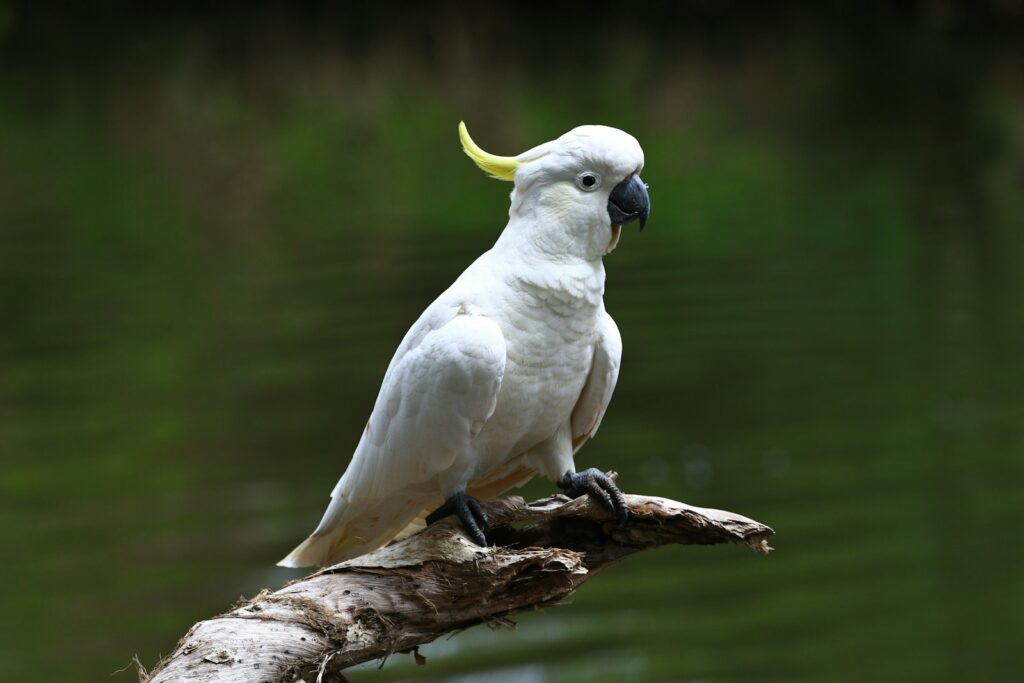
Understanding a cockatoo’s sophisticated body language is essential for recognizing and appropriately responding to their affectionate overtures. A relaxed, slightly fluffed cockatoo with partially lowered crest typically indicates contentment and receptiveness to interaction, while eye pinning (rapid pupil dilation and contraction) paired with raised crest feathers often signals excitement at seeing a beloved human. Gentle head-bobbing and soft, gurgling vocalizations represent classic cockatoo expressions of happiness and anticipation of social contact. When truly comfortable, many cockatoos will demonstrate their ultimate trust by lying on their backs in a human’s hands or lap—a position of complete vulnerability that wild cockatoos would never assume. Learning to distinguish between affectionate behaviors and signs of overstimulation (such as rigid posture or rapid head movements) helps create positive interaction patterns that strengthen rather than stress the human-bird bond.
Creating Environments That Nurture Cockatoo Bonds
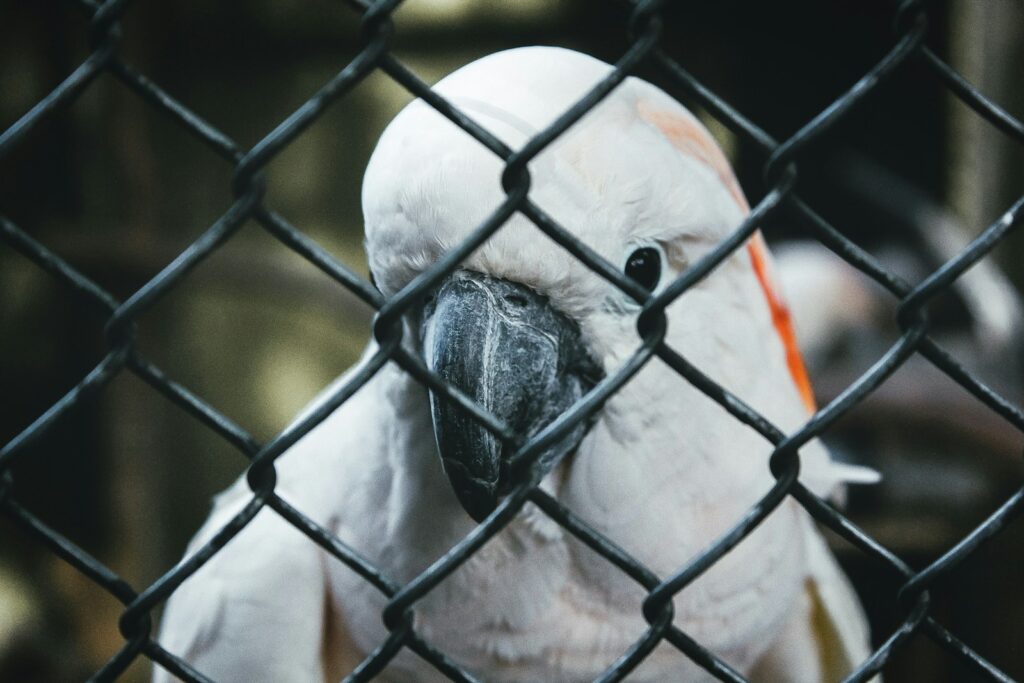
The physical environment plays a crucial role in supporting healthy attachment behaviors in cockatoos, requiring thoughtful setup beyond basic cage requirements. Successful cockatoo owners design living spaces with multiple approved perching areas throughout common rooms, allowing their birds to remain socially included even during independent time. Spatial arrangements should permit visual contact with family activities while providing safe retreat options when the bird feels overwhelmed. Many cockatoo enthusiasts create dedicated play areas with climbing structures, foraging opportunities, and rotation of novel objects that provide mental stimulation during necessary alone time. Ambient sound management is particularly important, as cockatoos’ sensitive hearing means chaotic or loud environments can create stress that interferes with bonding; consistent background sounds like gentle music or nature recordings often help create the calm atmosphere where affection flourishes.
The Lifetime Commitment to Cockatoo Companionship
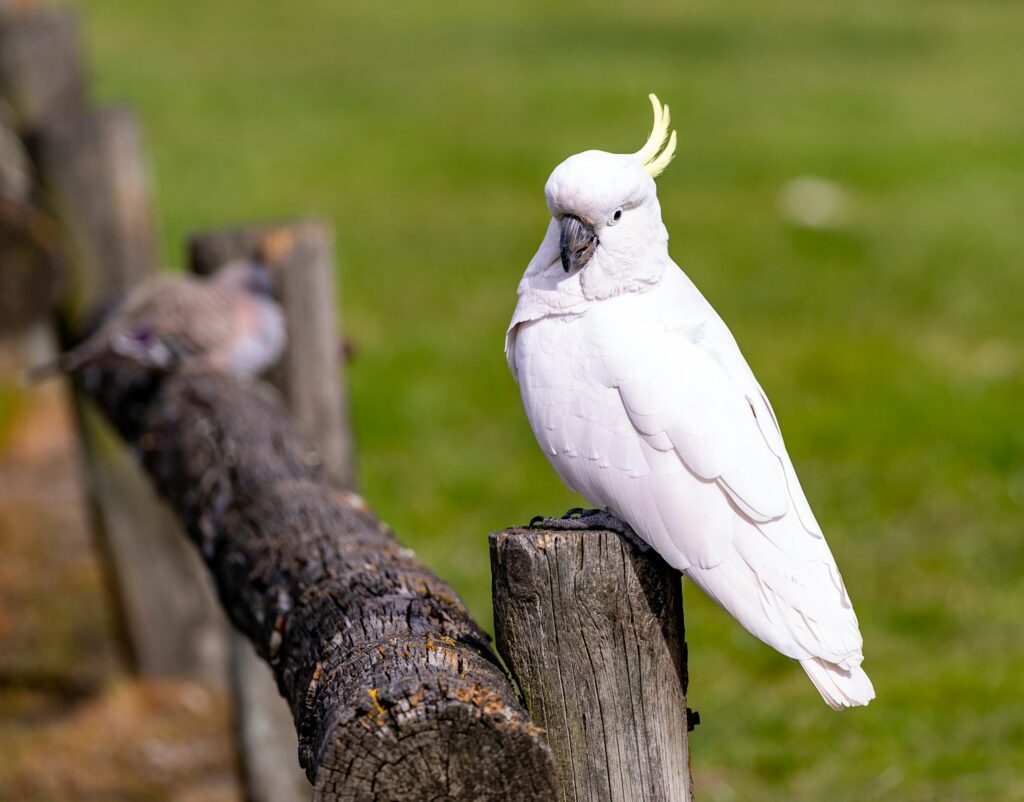
Perhaps the most profound aspect of cockatoo affection is the extraordinary longevity of the commitment, with these birds potentially remaining devoted companions for half a century or more. This lifespan means the relationship will likely span major life transitions—career changes, relocations, relationships, and family structures—requiring adaptability from both bird and owner. Responsible cockatoo guardians develop comprehensive contingency plans for their birds’ care, often including trust funds and detailed care instructions to ensure consistent affection and attention throughout the bird’s natural life. The depth of connection possible over decades creates relationships unlike most other human-animal bonds, with many long-term cockatoo owners describing their birds as witnessing their entire adult lives. This exceptional longevity represents both the greatest reward and the most serious consideration for anyone contemplating bringing one of these affectionate creatures into their life.
Cockatoos truly stand apart in the avian world for their capacity to form deep, affectionate bonds with their human caregivers. Their evolutionary history as social, pair-bonding creatures has predisposed them to seek meaningful connection, while their remarkable intelligence allows these relationships to develop nuance and depth rarely seen outside of mammalian companions. The physical and emotional affection they offer represents both a profound gift and a serious responsibility, requiring sustained commitment throughout their impressively long lives. For those willing to invest the time, patience, and emotional energy these magnificent birds require, cockatoos offer a uniquely rewarding relationship that combines the playfulness of a perpetual toddler with the emotional sensitivity of a lifelong friend. Their affectionate nature, while demanding appropriate boundaries and management, creates a bond that many owners describe as among the most meaningful relationships of their lives.

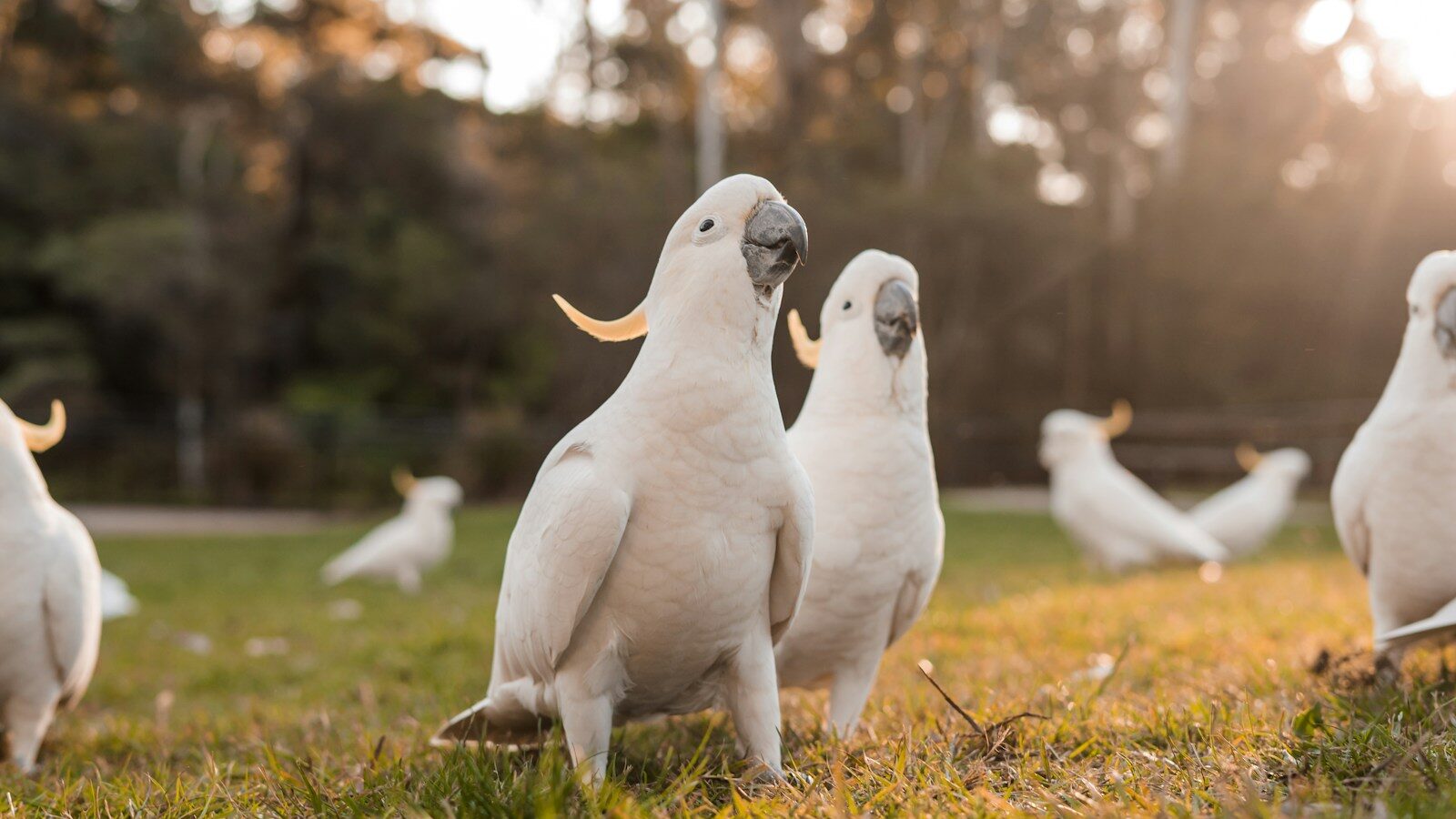

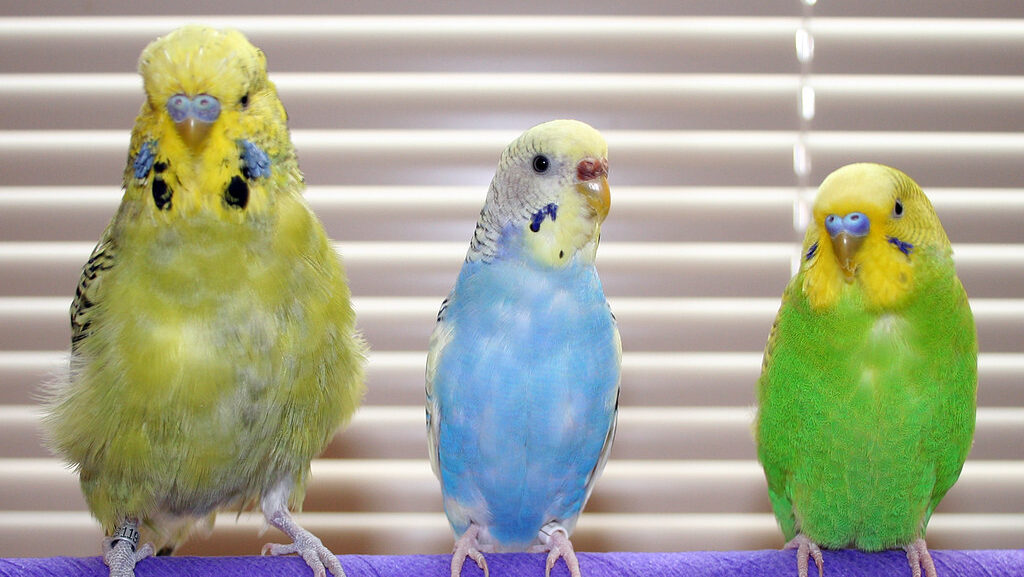

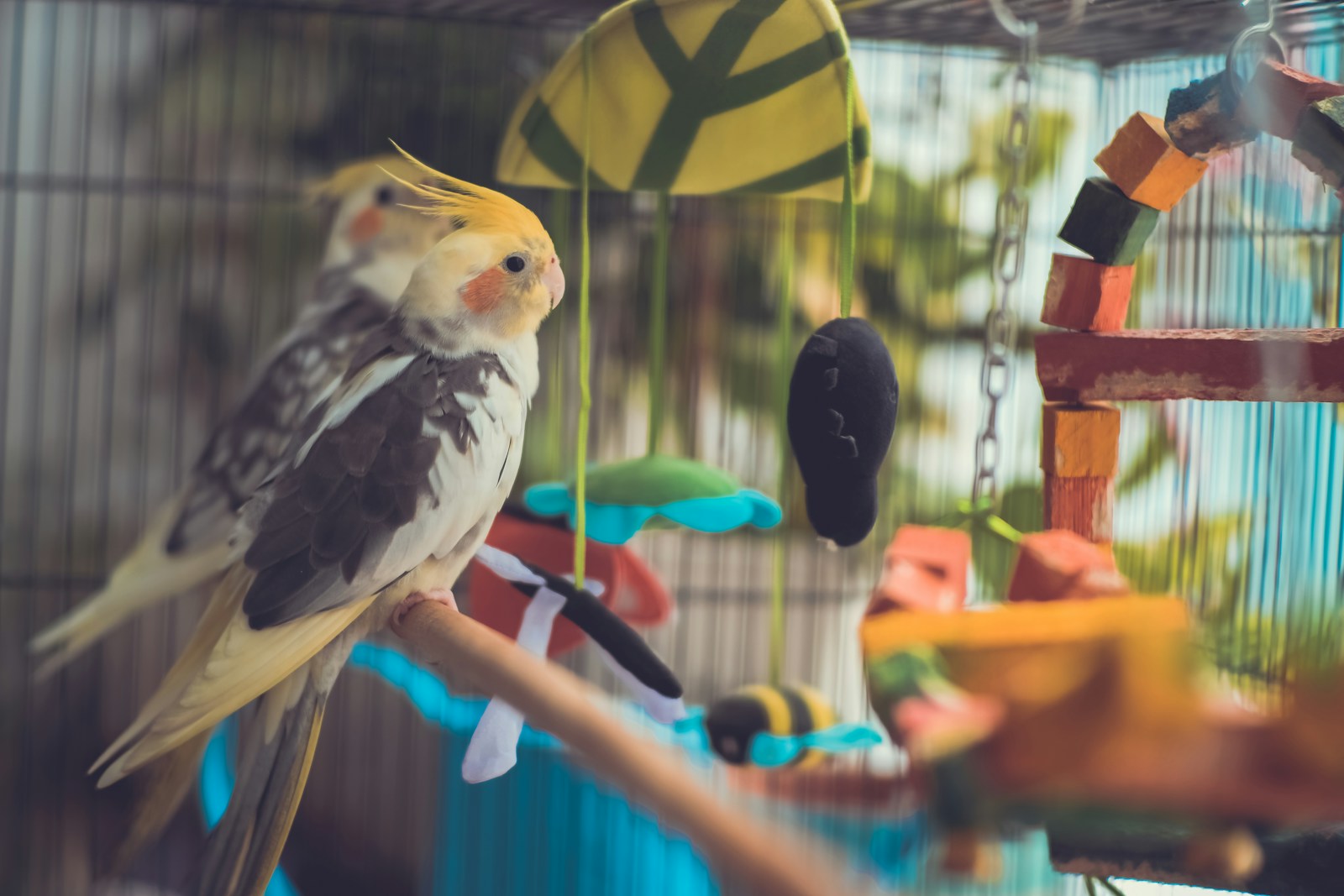
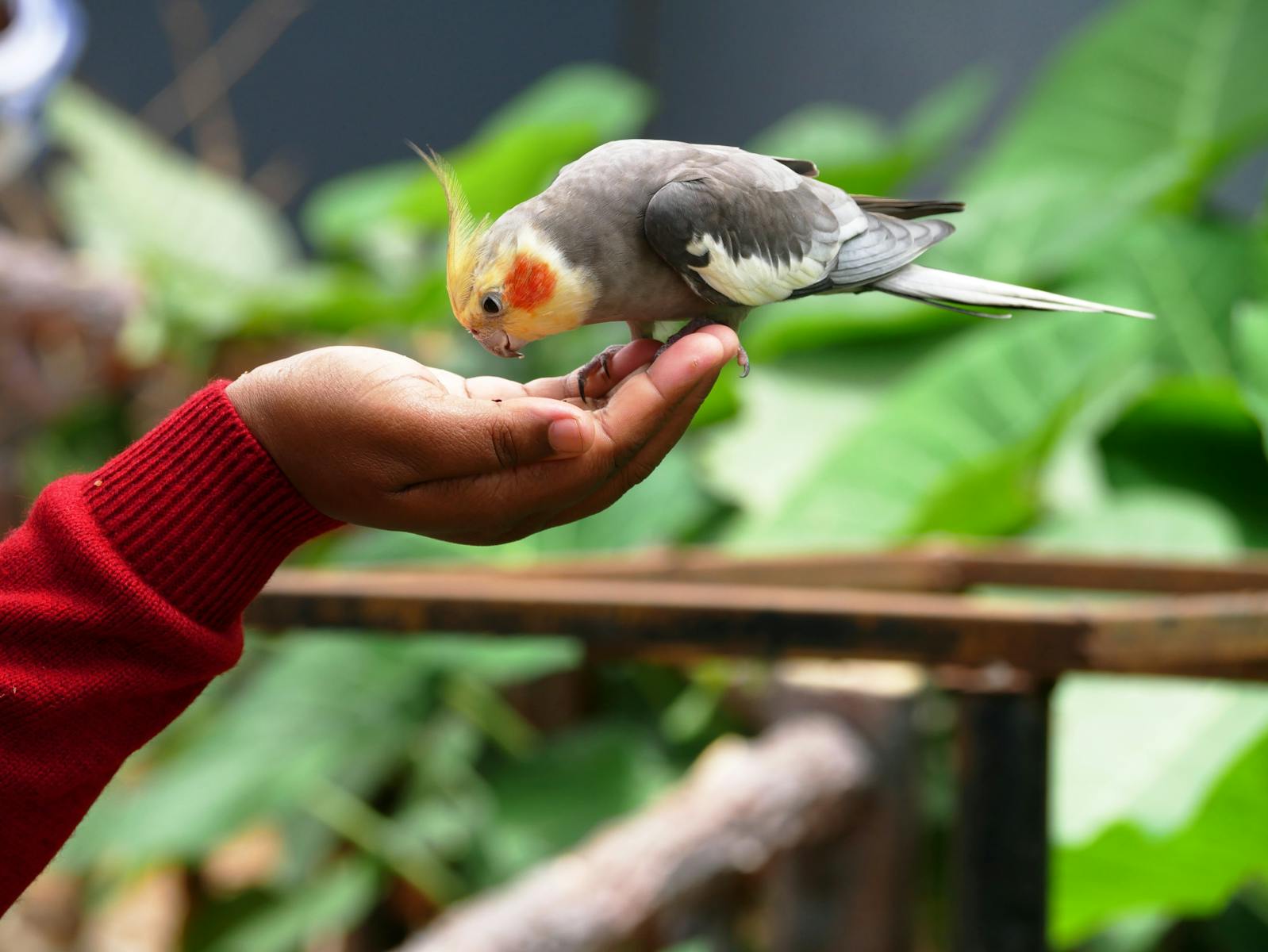
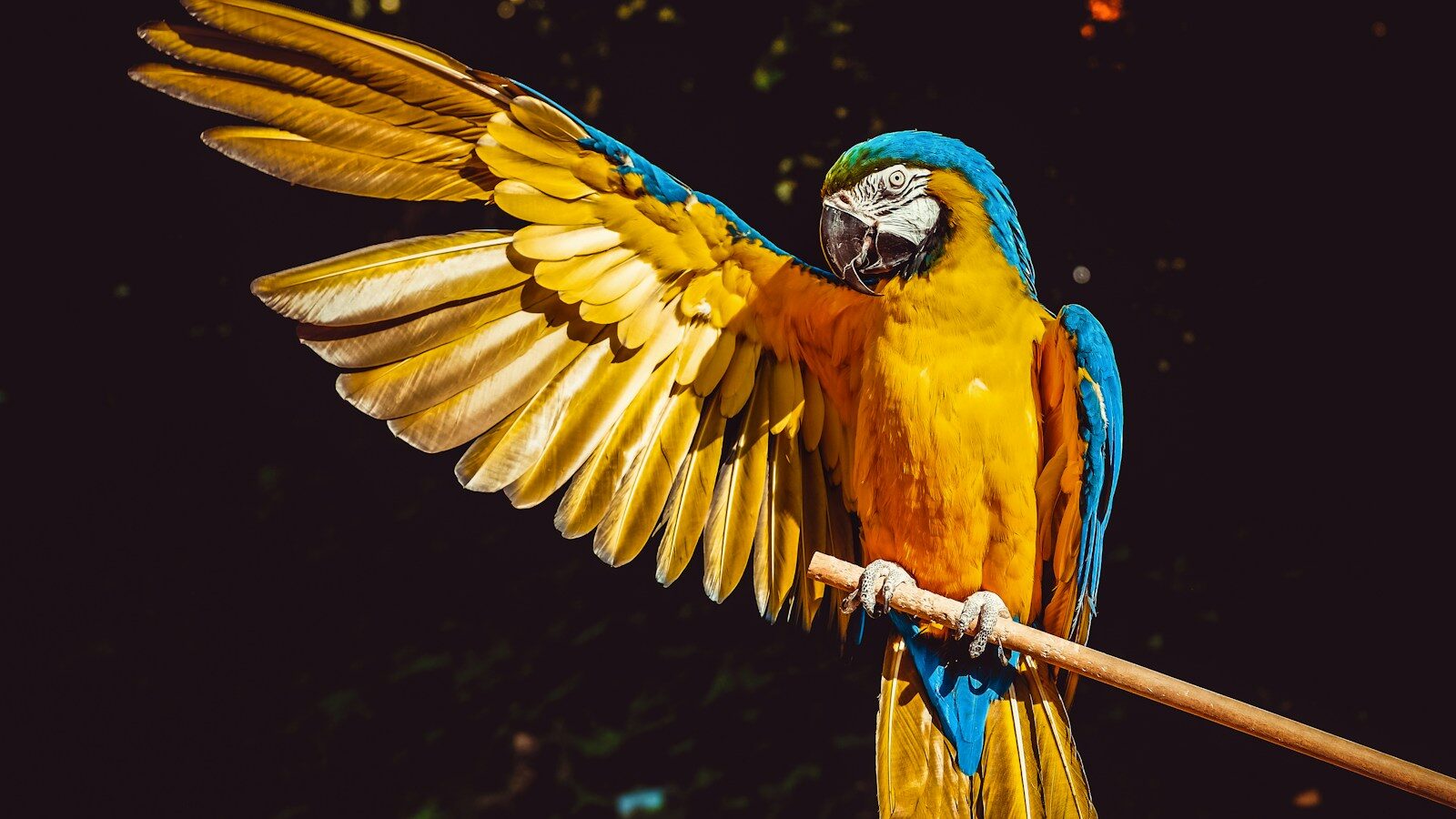

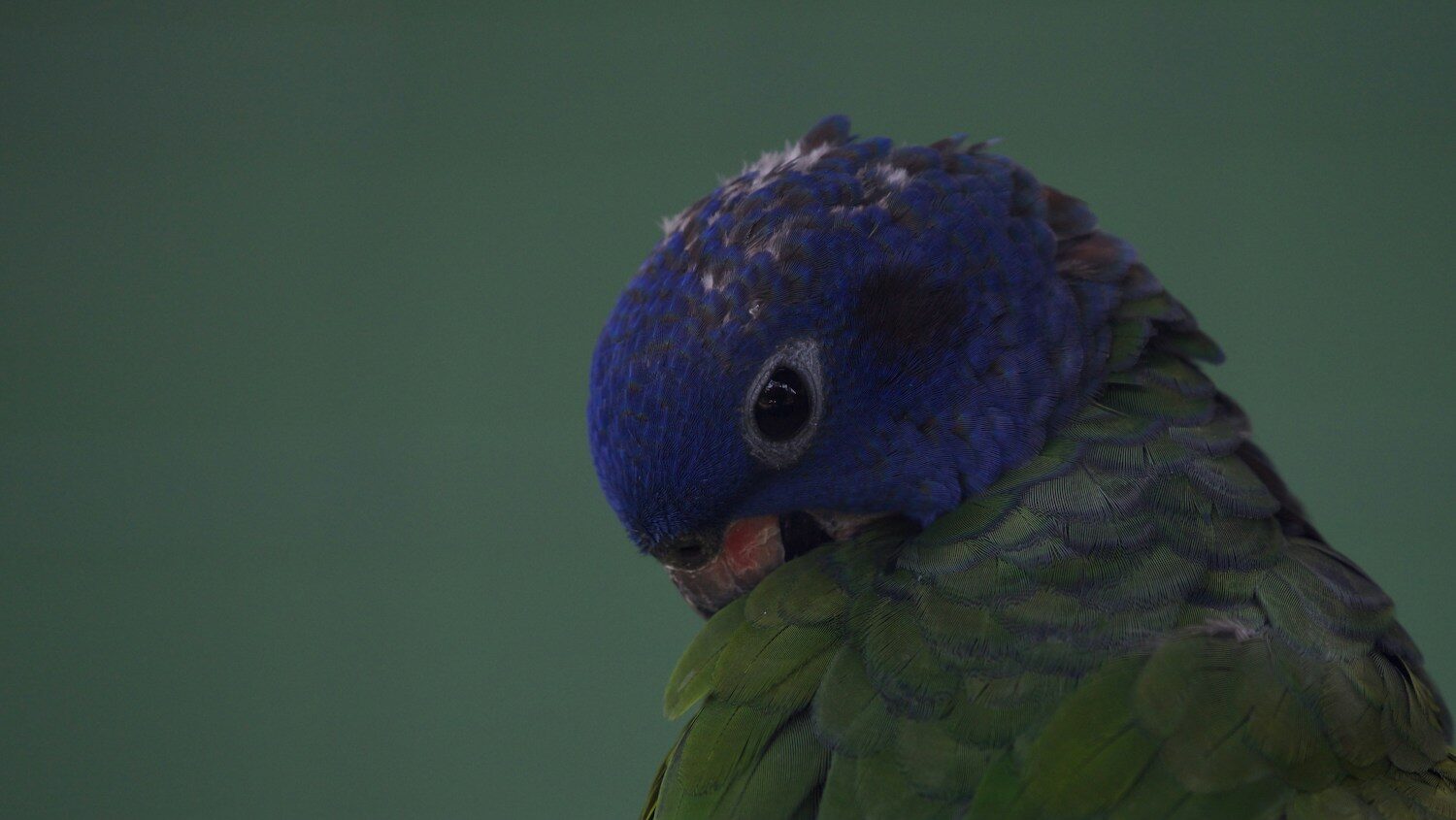

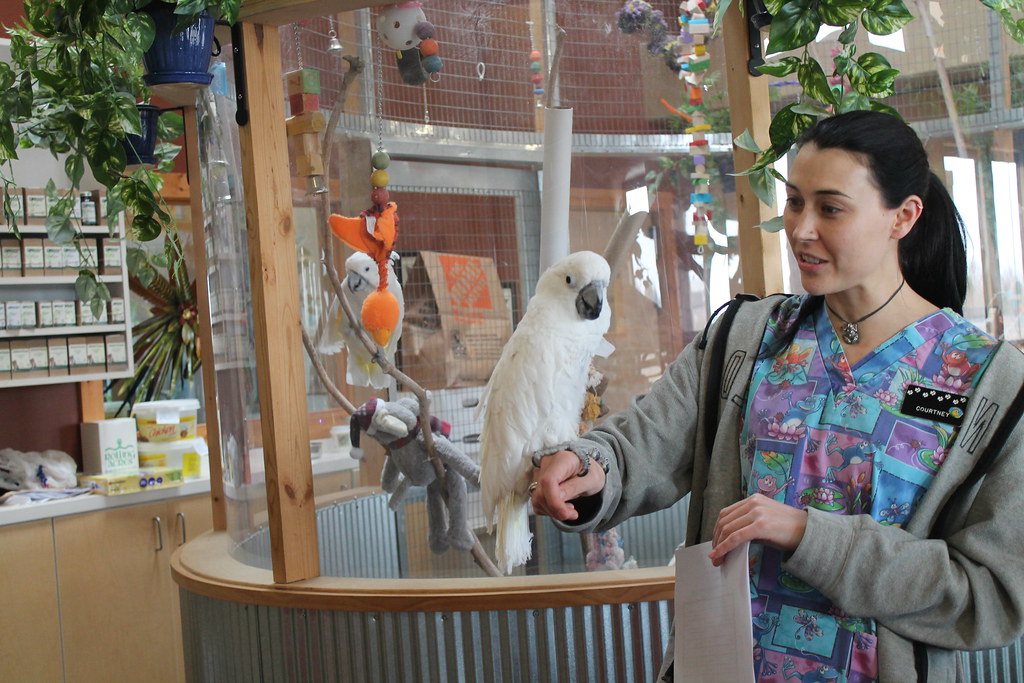




Leave a Reply